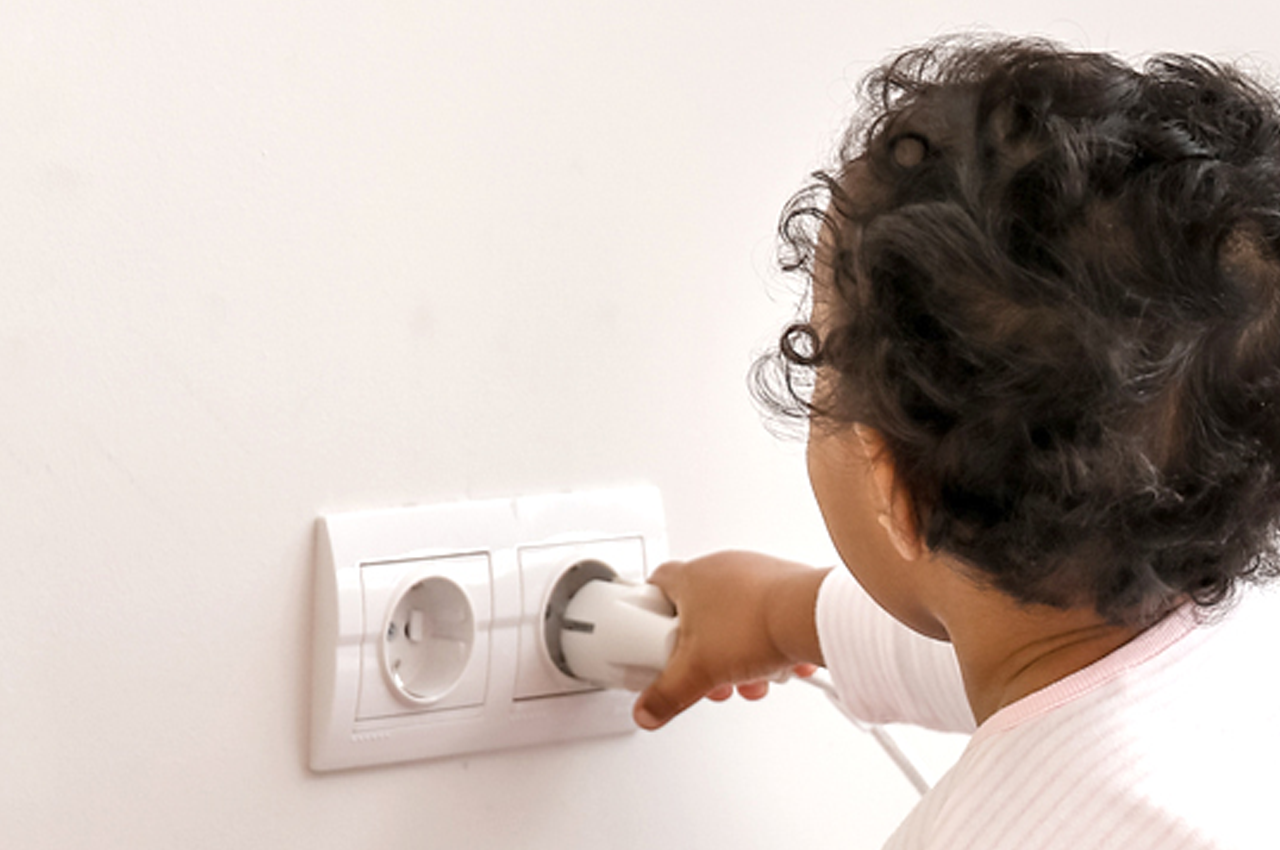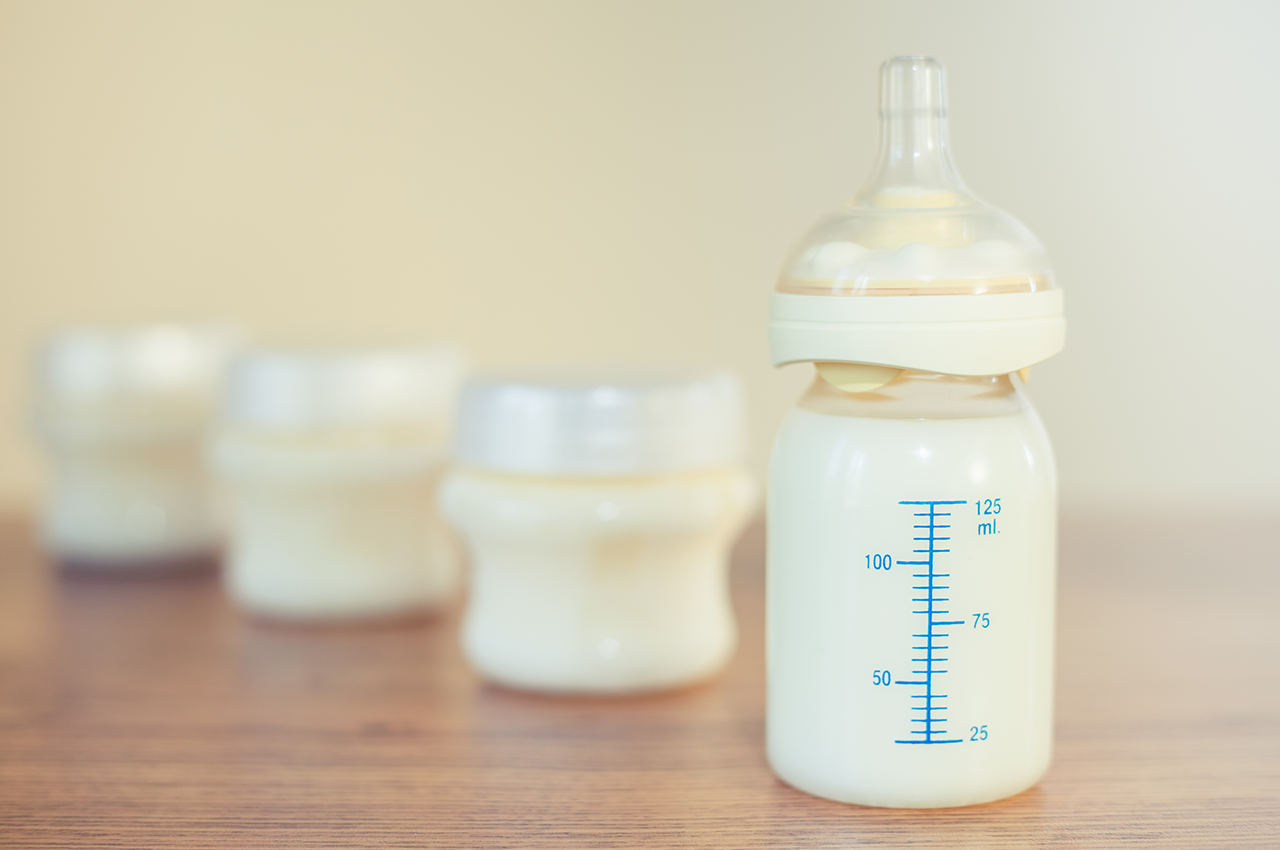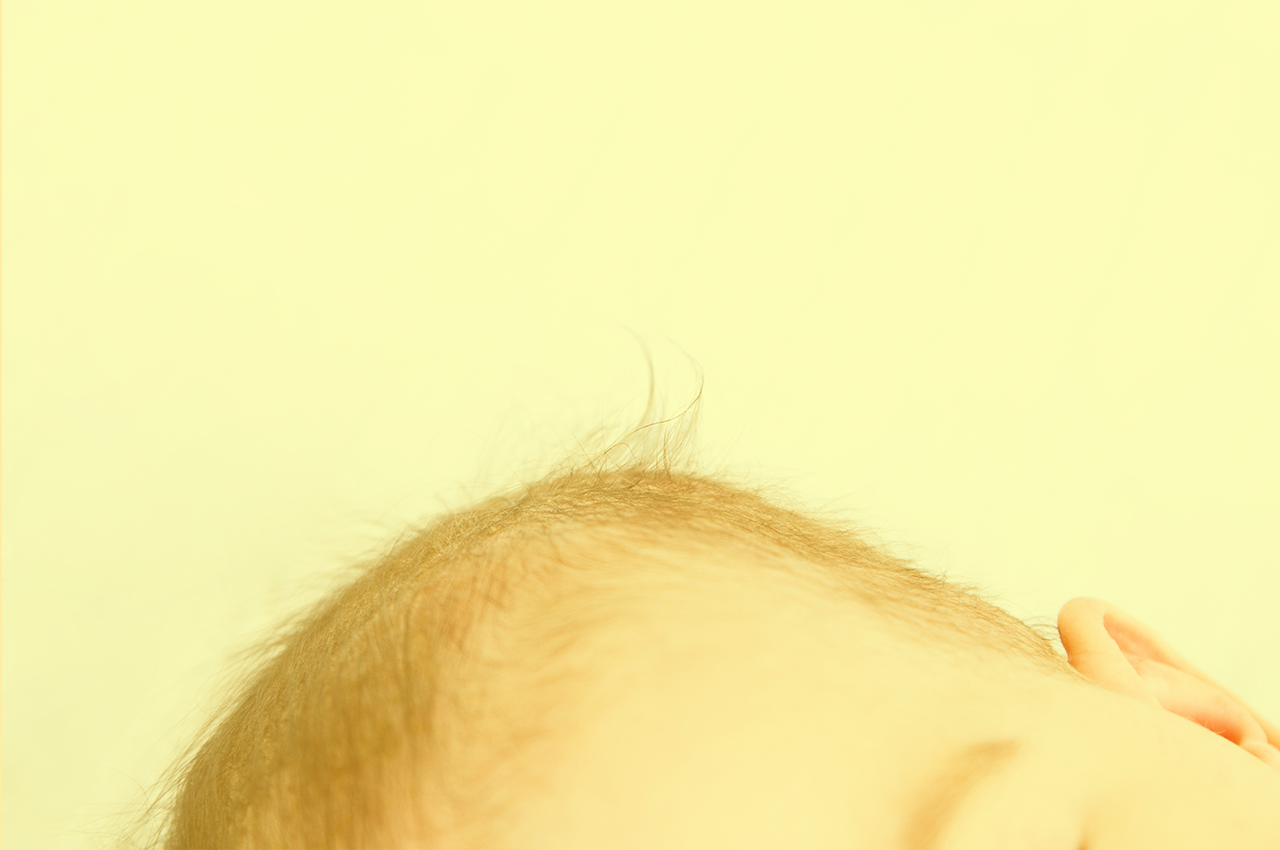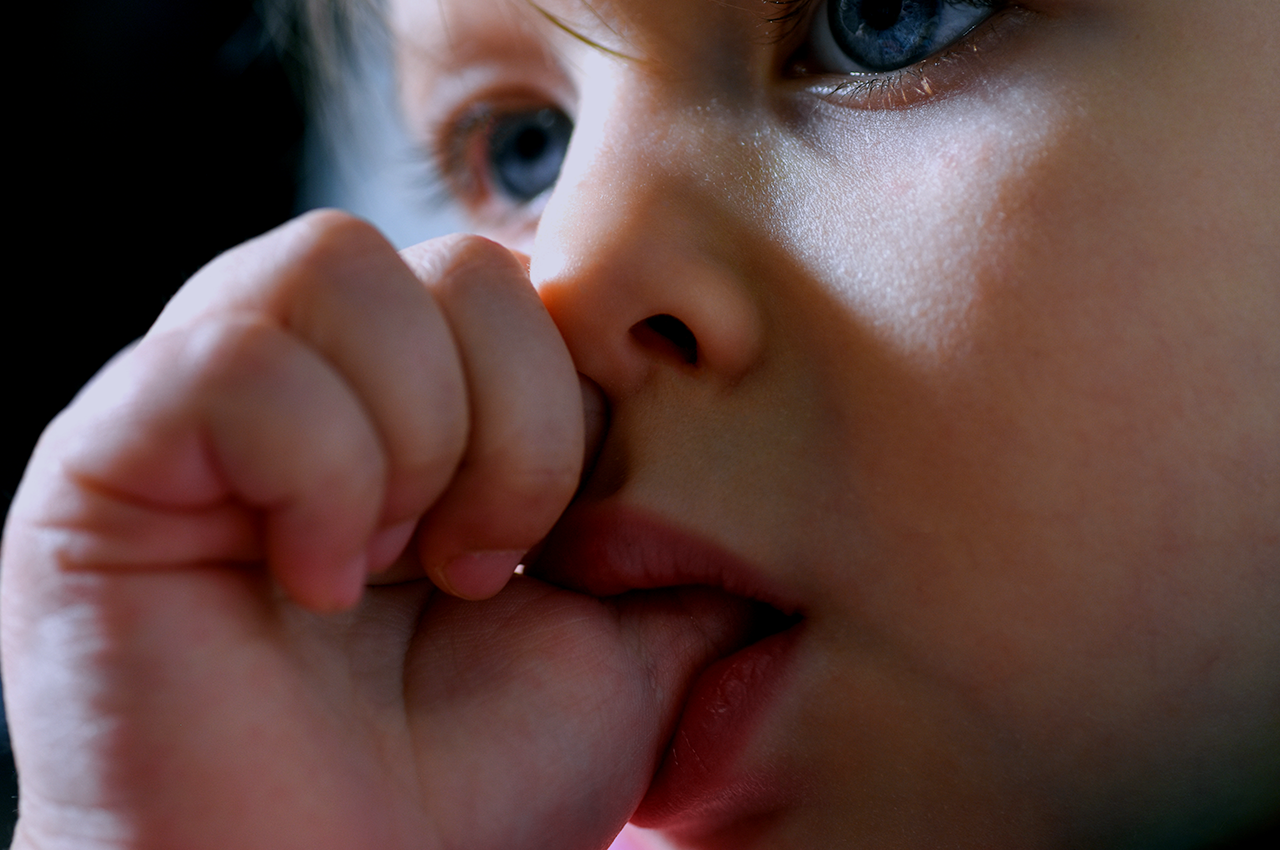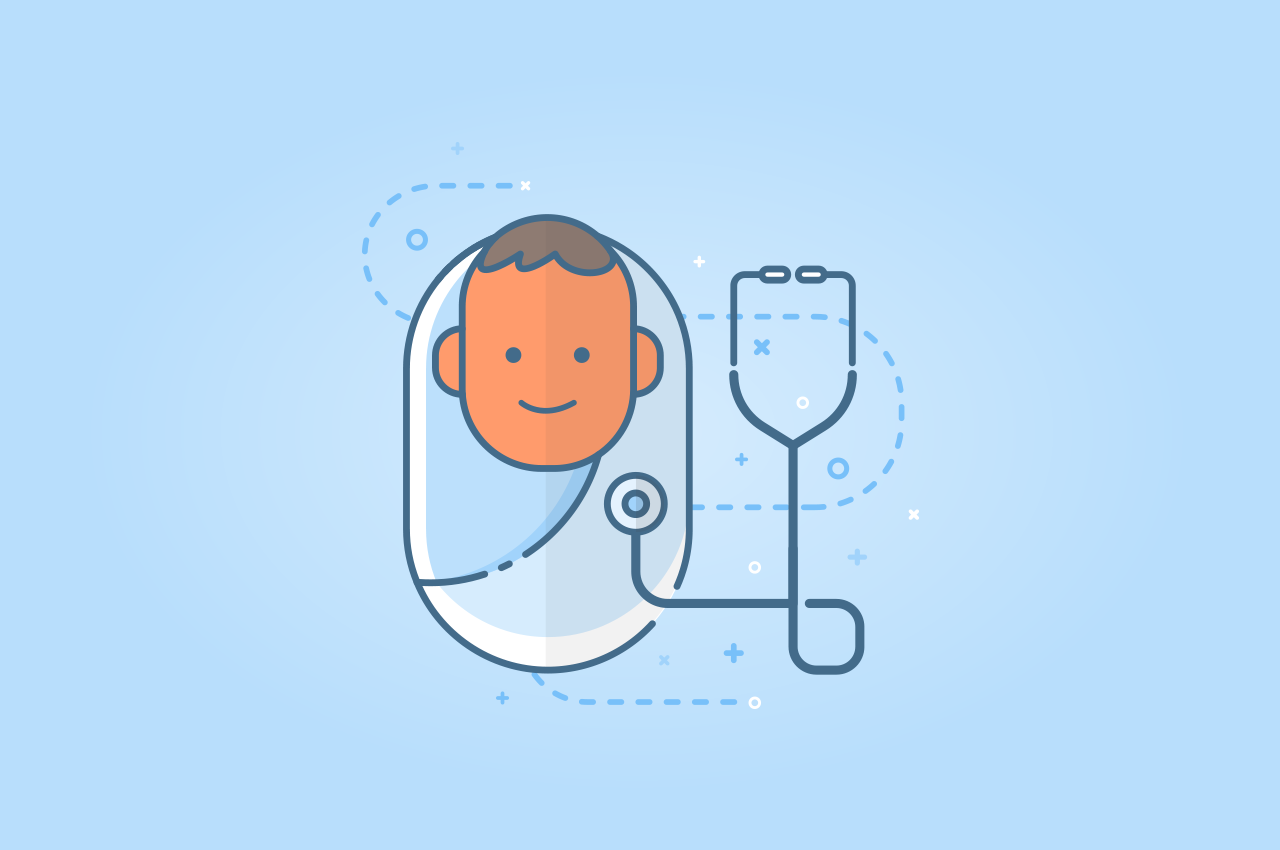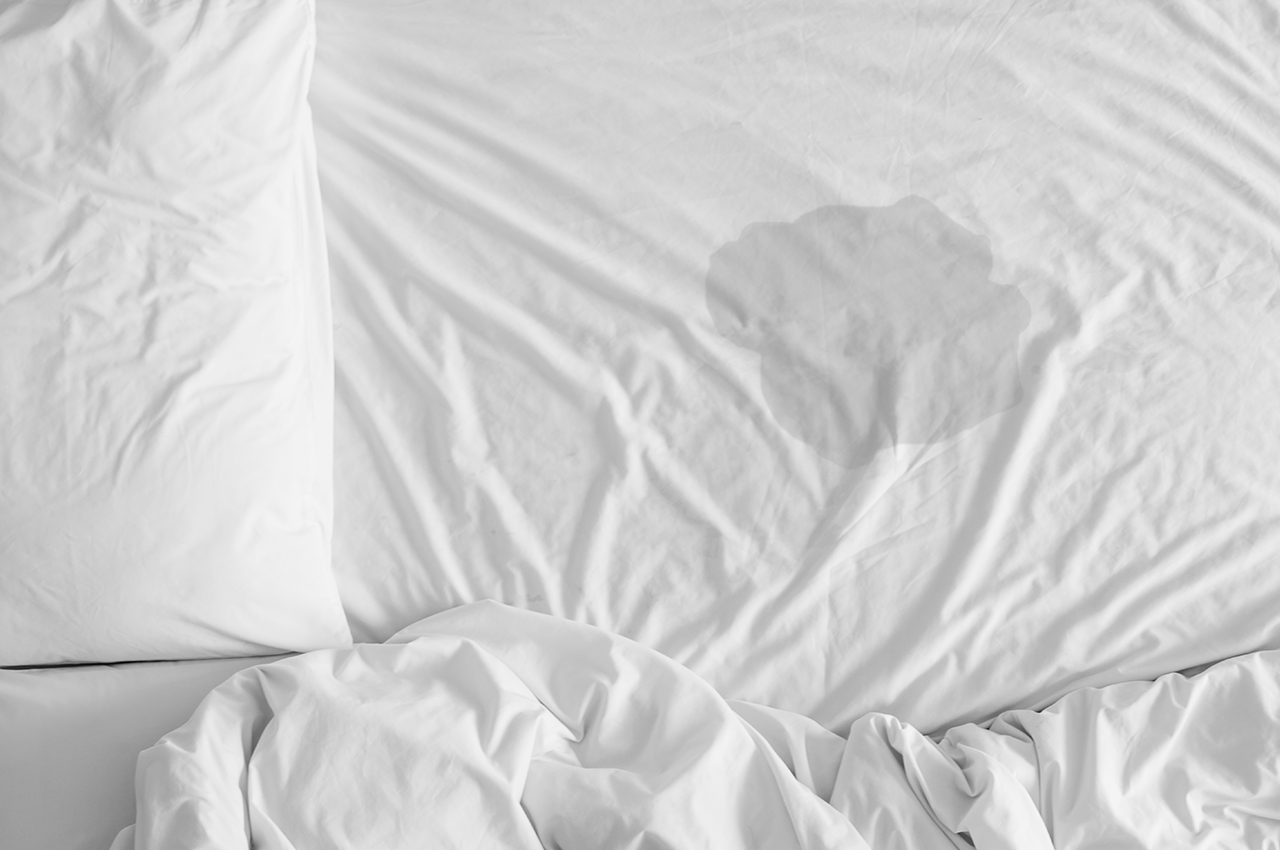Isn’t parenting the most fulfilling job in the world? Seeing your little one grow up in front of your very eyes, with their cute smiles, hugs and boundless energy. It’s quite incredible to realise that this little person is here – all because of you.
But parenting is also the hardest job in the world, leading to sleepless nights – not just when your 2-year old wakes you for a glass of water, but because of all the worry. The world is a dangerous place, and if you let yourself go down the worry-wormhole of “what could go wrong”, you’ll never sleep again!
Instead, turn your worries into action. For even though you can’t control the entire world, there are some simple, practical steps you can take to keep your little one safe:
Protecting your kids outside the home
Nothing comes close to the panic you feel when you lose sight of your child in public. Even if you do all you can to prevent this from happening, kids can sometimes wander off. And when they do, you – and they – need to have a plan:
- Develop a ‘what if’ plan.
Before leaving the house, have a plan for what you do if you get separated. One way is to tell them: “If you can’t see mommy anywhere, just stay in the same place. Don’t move anywhere – we will find you.” Keep it simple and easy to remember, and also tell them who they can ask for help: a security guard, policeman or another mom with children.
- Dress them brightly
With kids, fashion is less important than function. By making sure your kids always wear something brightly coloured, you can insure they don’t get lost – or that you can spot them easily across the room.
- Attach your number to them.
A simple, very effective plan is to give your child a bracelet with your phone-number on. It’s safe, it’s fashionable and it can set your heart at ease.
- “Stranger danger!”
It’s easy for kids to assume all adults are trustworthy. Teach your kids to shout “Stranger danger!” if any adult they don’t know approaches them when you’re not around. It’s not just for them to avoid strangers, but also to alert any other adults around them.
Protecting your kids inside the home
Our homes are our sanctuaries. But when you have a toddler, you realise just how many unsuspected dangers lurk around the home.
In this age of convenience, even harmless objects like chairs can become dangers, and all the processed food, cleaning chemicals and packaging can pose a risk to your child’s health. Here are some practical tips to make sure your home is child-friendly, so you can rest at ease:
- Choose alternatives to plastic.
The chemicals used to make plastic materials (plastic containers, Ziploc bags, plastic wrap, plastic cups and baby bottles) can be toxic. Hundreds of chemicals are used to make plastic containers and food packaging, and are linked to long-term illnesses. Since we don’t always know what is in plastic, it’s best to minimize your plastic in home. Instead, opt for glass, ceramic, bamboo, or metal to prepare and store your food with.
- Lock-up and store up high
When in doubt, lock it up. Make sure all your tools, sharp objects, power tools or even electronic kitchen-appliances are stored high, and/or locked away. This also applies to any chemicals, medication or cleaning products.
- Switch to non-toxic cleaning products.
Although one option is to lock away all cleaning products – preferably somewhere high and out-of-reach, an even better option is to choose organic, non-toxic cleaning products in the first place. Avoid bleach, synthetic fragrances, ammonia and dies.
- Secure any loose rugs
That tapestry you got as a wedding present may look lovely on the floor, but if you’ve had a few near-slips, you may need to pack it away. If not, make sure to get nonskid pads to secure the rug on the floor.
- Change the geyser settings.
Children have sensitive skin that can easily burn if water is too hot. To ensure that your little one doesn’t burn their hand while rinsing off the mud, set your geyser’s temperature to below 48 degrees Celsius.
References:
- https://www.nidirect.gov.uk/articles/keeping-young-children-and-teens-safe-while-out-and-about
- https://www.child-encyclopedia.com/injury-prevention
- https://www.natlawreview.com/article/10-tips-to-avoid-accidents-your-home
- https://www.hellodoctor.co.za/update-dont-lose-your-child-in-a-public-place/
- https://www.hellodoctor.co.za/how-to-avoid-toxins-in-the-kitchen/

